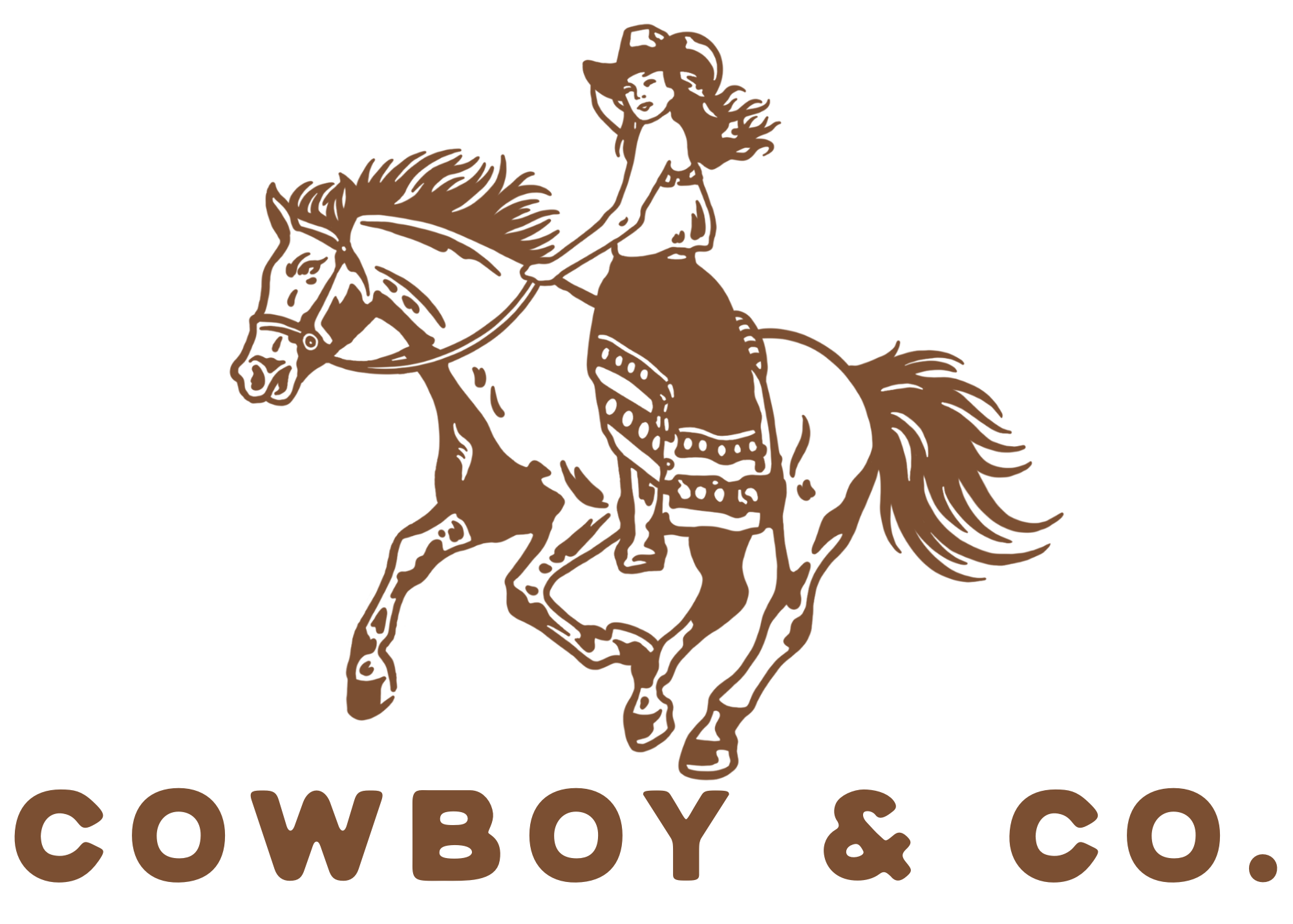
Tallow is an incredible skincare ingredient, but not all tallow is created equal. If you're looking for the purest, most nutrient-rich tallow, here’s what to watch out for:
1. The Source of Tallow Matters
Tallow can be made from different types of fat, but kidney fat (suet) is the gold standard. It’s the purest form, rich in nutrients, and has a mild, neutral scent. In contrast, trim fat absorbs odors from the surrounding meat and results in a strong, beefy smell—a sign of lower quality.
For the best quality, the suet should come from 100% grass-fed and grass-finished beef. Many cattle are grain-finished, meaning they spend the last part of their lives on grain-based feed, which can alter the nutritional profile of the fat. Grass-fed, grass-finished tallow is the cleanest, most nutrient-dense option for skincare.
Many brands also use pre-rendered tallow sold in bulk on Amazon, which raises concerns about its true quality, sourcing, and whether it’s even grass-fed or from the U.S. I use only suet from trusted organic ranches to ensure the cleanest, highest-quality tallow.
2. The Rendering Method Affects Quality
There are two ways to render fat: wet rendering and dry rendering.
- Wet rendering involves adding water, salt, baking soda, or other additives, which can introduce moisture into the tallow. This extra moisture can cause mold and make the product go rancid faster.
- Dry rendering (the method I use exclusively) keeps the process pure and simple, preserving the fat’s natural integrity and ensuring the longest possible shelf life.
3. Tallow Should Only Be Rendered Once
Once fat is melted during the rendering process and cooled, it solidifies into a hard block. Some claim to "render" their tallow 4-5 times, but what they’re really doing is re-melting it over and over again. This repeated heating destroys nutrients, reducing the skincare benefits of the final product. True, high-quality tallow is rendered once to maintain its full nutritional value.
4. Pure Suet-Based Tallow Should Not Smell Beefy
High-quality kidney fat (suet) tallow has a mild, neutral scent, sometimes slightly nutty. If tallow smells strongly of beef or cooked meat, it was likely made from trim fat, which absorbs surrounding odors from the meat-processing environment. This is why I only use suet-based tallow from grass-fed, grass-finished cattle to ensure a clean, fresh-smelling final product.
Why This Matters for Your Skin
Choosing the right kind of tallow means getting all the benefits—deep hydration, essential fatty acids, and skin-repairing nutrients. That’s why I’m committed to using only suet, dry rendering it once, and never compromising on quality.
When shopping for tallow-based skincare, always look for pure, single-rendered, suet-based tallow from trusted, grass-fed, grass-finished sources—your skin will thank you!
